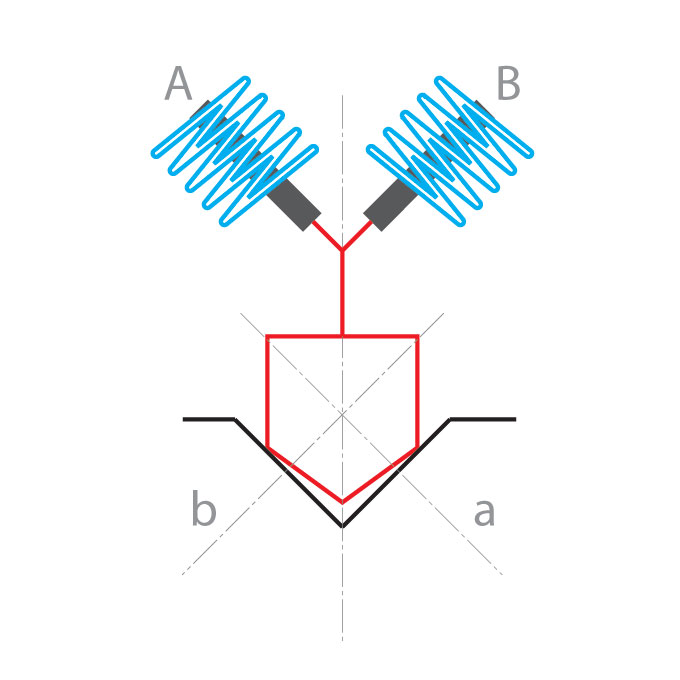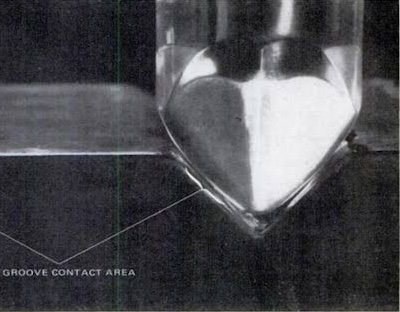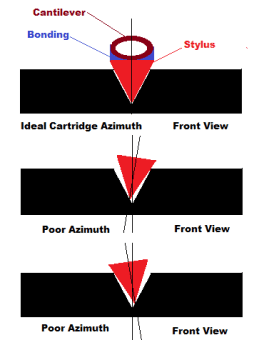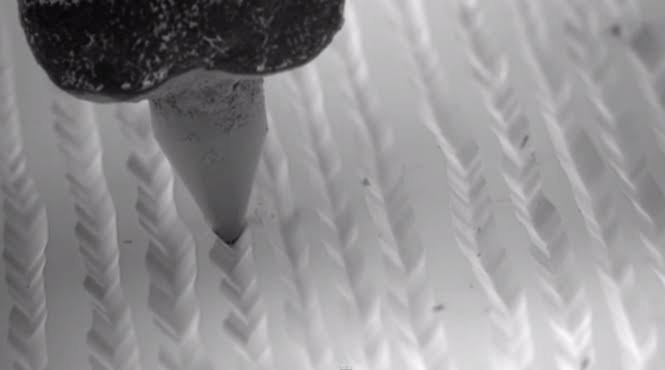The thread title refers more generally to azimuth alignment that targets stylus perpendicularity to the groove as the goal for optimal azimuth, using either distortion or HF measurement as the method. I imagine most vinylistas already know about this technique, but for those who do not, here’s the link -

 korfaudio.com
korfaudio.com
The stylus perpendicularity method essentially ignores shooting for equal channel separation. I hadn’t read this in some time, and after seeing it again I wondered what parameter is being used by the old Adjust Plus+ or AnalogMagik v1 or v2 - or even the Fozgometer - for setting azimuth? Generator alignment I guess? I’ve spoken with Peter Lederman a few times about azimuth, and he points out that at least his own carts when properly aligned, given their very high channel separation to begin with, can have different numbers from L>R and R>L. That would suggest (what I’ll keep calling) the Korf method is a more useful technique, keeping the stylus from excessive vertical skew because of maybe shooting for the wrong goal. Wondering what other folks think.

Azimuth Adjustment Myths and Reality, Part I
The stylus perpendicularity method essentially ignores shooting for equal channel separation. I hadn’t read this in some time, and after seeing it again I wondered what parameter is being used by the old Adjust Plus+ or AnalogMagik v1 or v2 - or even the Fozgometer - for setting azimuth? Generator alignment I guess? I’ve spoken with Peter Lederman a few times about azimuth, and he points out that at least his own carts when properly aligned, given their very high channel separation to begin with, can have different numbers from L>R and R>L. That would suggest (what I’ll keep calling) the Korf method is a more useful technique, keeping the stylus from excessive vertical skew because of maybe shooting for the wrong goal. Wondering what other folks think.









